QuestionWe have had three sulcata hatchlings for about six months now. They are still quite small. Recently, we lost one, who was the runt of the litter, and after an autopsy, we were told that it was probably one of the last laid eggs, and this little guy didn't start out with the right amount of calcium. There were no obvious problems, except that he never seemed to harden and develop properly. He passed quite quickly, within three days of showing symptoms of lethargy. He did however make a distinct clicking noise with his mouth, I'm not sure what that might mean. I have them in a large tortoise table, which under the advice of a vet, is boarded off to make a smaller living space for them, as he believed that they were not moving to the basking areas/moist areas when they should have been. In the temporarily smaller enclosure, as they wander, they get the proper amount of heat/moisture. Still, the basking area is 90 at it's hottest point, and the cool end remains at about 70. They are in an area approx 3 feet long by about 1 1/2 feet wide. Their uvb light is 12 inches from the bottom of the enclosure, and I use Bermuda grass as a substrate, as they seem to like to eat their bedding. They get fresh water every morning, in a shallow dish, they can easily climb in and out of. I put them in their water after I fill it, and they get soaked once every three days in water up to their ridge line. They are fed a diet of greens (escarole, romaine, endive, some cooking greens on occasion), grass and varied weeds from the yard during the warmer months, fresh or canned pumpkin as a supplement in the winter months. I thought I was doing everything right for these little guys. Within the last two days, one doesn't seem to have his normal spunk, and is making the clicking noises. I'm afraid I'm going to lose him soon. He is going to the vet first thing Monday morning, but I can't imagine what is going wrong. I thought I had a reputable vet, but I'm beginning to question his advice. If you have any suggestions of what the clicking noise might be, as well as any suggestions of what I could do to make their enclosure/diet better, please let me know. He just keeps reminding me that tortoise hatchlings have a 80 percent mortality rate.
AnswerHi Chris,
I'm sorry you lost one of your hatchlings, and I'll see what I can do to help.
First of all, your vet is absolutely, completely wrong about the mortality rate. It's true that the mortality rate in *wild* hatchlings is about 90% (or rather, that probably only about 10% of hatchlings survive to maturity), and maybe even lower, but it's not at all true for captive bred hatchlings. I have hatched out many babies, and have many friends who have hatched out babies of several different species, and none have a death rate even remotely approaching 80%. I'd guess it's more like .5%, if that. I've never lost one, and some of my friends have hatched out hundreds of babies without a single death. Tortoise hatchlings are generally very robust IF they come from healthy parents and are cared for properly. They should be active, growing, and eating well. Vets would generally only see sick hatchlings, but making a statement like that tells me that your vet really is not very experienced with tortoises.
The one thing that caught my eye is the use of grass as a substrate. Hatchlings are very prone to dehydration, and a grass substrate won't hold nearly enough humidity. I would switch out the substrate and put in a 50/50 mix of coir (bed-a-beast, ecoearth) and playsand. Keep it a little damp all the way through in the warmer area of the enclosure. You'll need to add more water every few days to keep it damp. The heat lamp is very drying, and will suck moisture out quickly, so that soaking is just not enough to keep the hatchlings hydrated.
The other thing I would check is the UVB bulb. Many bulbs don't give off adequate UVB at all. My recommendation is to use a combination heat/UVB bulb such as the ZooMed Powersun. These usually have better levels of UVB. http://russiantortoise.org/uvb.htm Also put a cuttlebone in the enclosure so the tortoises can nibble on it for extra calcium as needed.
The diet looks pretty good, although I'm not sure what you mean by "cooking greens." Make sure there's no fruit or veggies in the diet. Pumpkin is OK on a rare basis--meaning, during pumpkin season in the fall. It's not really appropriate as part of their regular diet. Since sulcata are primarily grass eaters, ideally they should be eating mostly grass and weeds. As they grow, you can mix soak, chopped hay (Oxbow orchard grass hay is nice and soft) in with their greens to switch them over. I would also try to feed more greens like turnip, mustard, dandelion, and collards, and not too much lettuces, since lettuces are lower in nutrition and fiber.
A clicking noise can indicate a respiratory infection, so watch for other symptoms such as wheezing, gaping/yawning, runny noise, etc. I suspect, though, that dehydration and possibly lack of UVB is the primary problem, and you may see a fast turnaround with a moister substrate.
If you'd like me to see if I can find a different vet for you, post back and set it to *private*. Let me know what city you're in, and I'll see what I can find out.

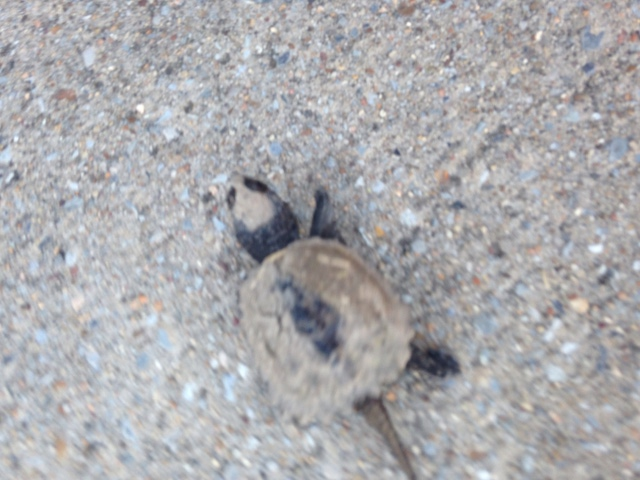 Turtle kind
Question
Turtle
I found a turtle in Northeast Te
Turtle kind
Question
Turtle
I found a turtle in Northeast Te
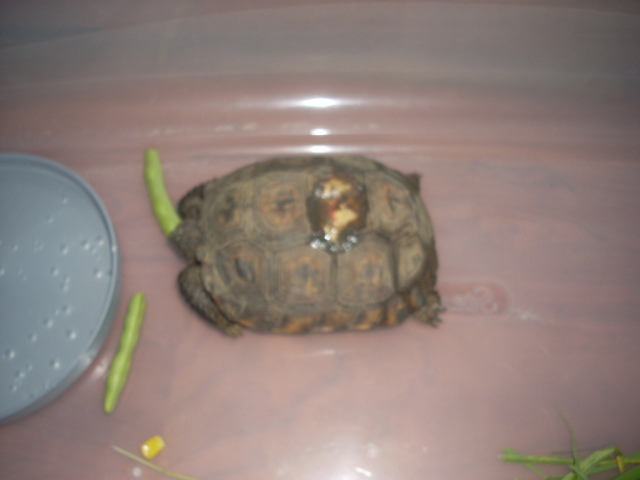 Turtle found in yard
Question
Turtle
My son ran over a turtle in our yard to
Turtle found in yard
Question
Turtle
My son ran over a turtle in our yard to
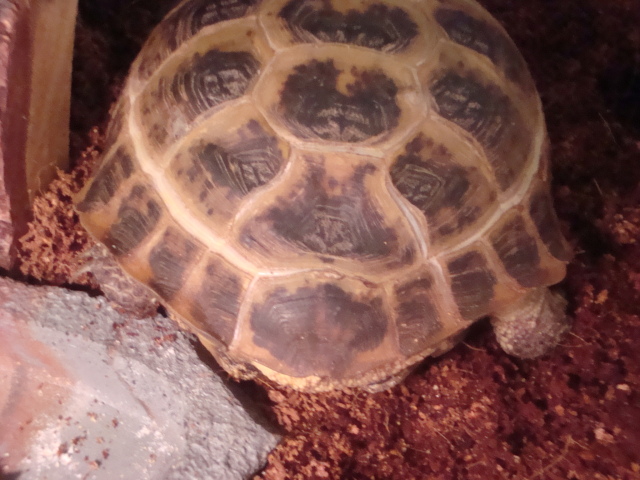 Russian Tortoise Shell Concerns
QuestionWalkers Shell
QUESTION: I have a male Ru
Russian Tortoise Shell Concerns
QuestionWalkers Shell
QUESTION: I have a male Ru
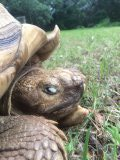 sick spur thigh
Question
Right Left
African Spur Thigh, T
sick spur thigh
Question
Right Left
African Spur Thigh, T
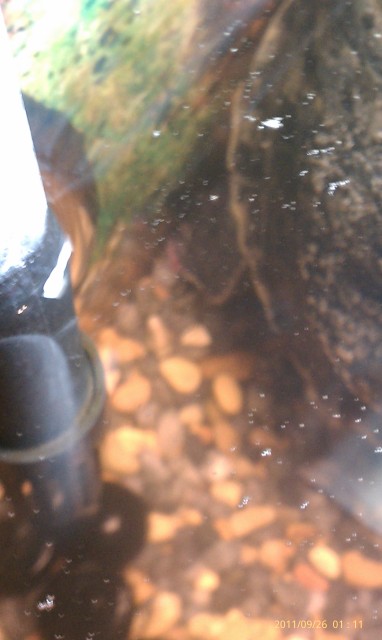 red ear slider injury
Question
ouch
I found the turtle about 2 years a
red ear slider injury
Question
ouch
I found the turtle about 2 years a